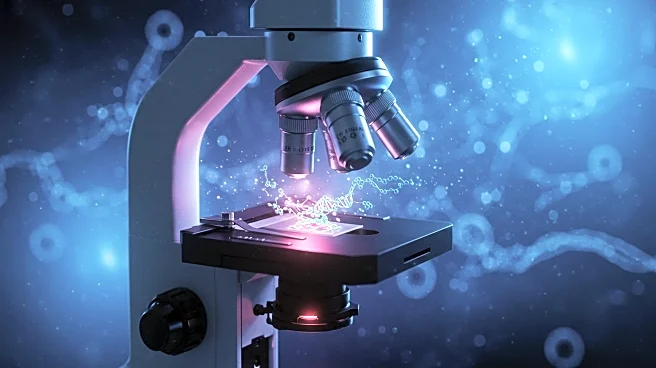Rapid Read • 7 min read
A study has investigated the conservation of CPD photolyase function in blind cavefish, focusing on DNA repair systems. The research found that while the 6-4 photolyase gene has multiple loss-of-function mutations, the CPD photolyase gene remains highly conserved. This suggests a potential benefit of retaining CPD photolyase function in environments lacking UV light exposure. The study also explored the role of CPD photolyase in DNA repair under oxidative stress, revealing increased DNA damage in CPD photolyase mutant cells compared to wild-type controls.
AD
The conservation of CPD photolyase function in cavefish highlights its potential role in DNA repair under oxidative stress, which is crucial for survival in subterranean environments. Understanding this mechanism could inform strategies to enhance DNA repair in other organisms, including humans, potentially leading to advancements in treating oxidative stress-related conditions.
Further research is needed to explore the light-independent DNA repair mechanisms of CPD photolyase and its potential applications in enhancing DNA repair in mammalian cells. Investigating the interaction between CPD photolyase and other types of DNA damage could provide deeper insights into its protective role.
The study suggests that CPD photolyase may have a broader role in DNA repair beyond photoreactivation, potentially influencing oxidative stress resilience. This could have implications for understanding how organisms adapt to environments with high oxidative stress.
AD
More Stories You Might Enjoy










